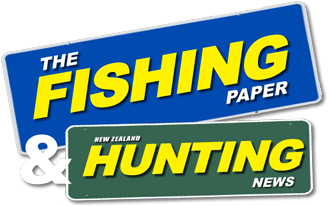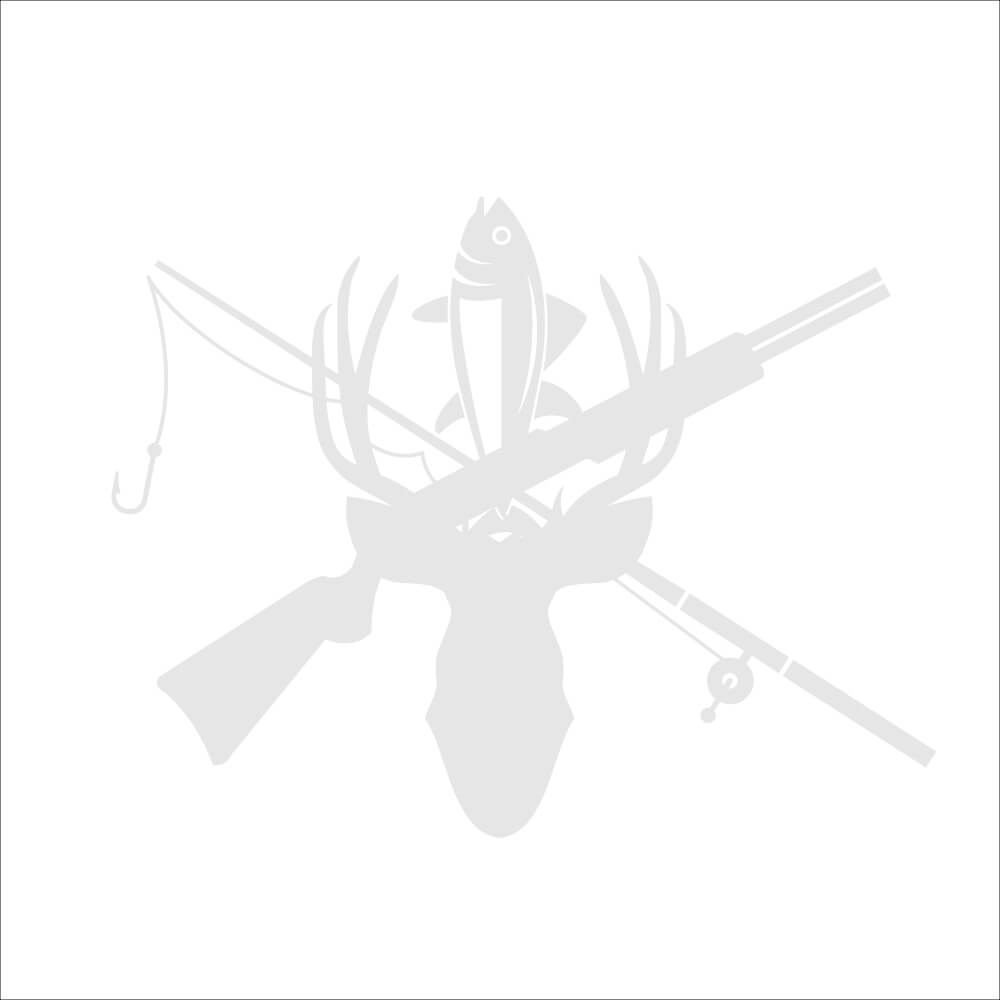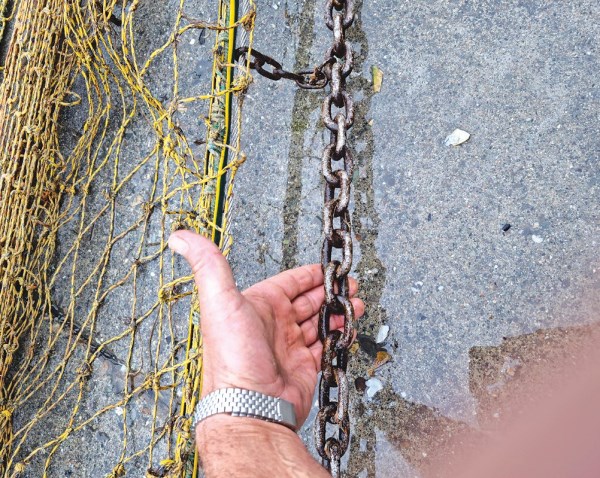
Carol Scott is Chief Executive of Southern Inshore Fisheries Management Company Ltd (Southern Inshore). In this article, she provides an insight into how inshore trawlers fishing around the Tasman and Golden Bay coastlines keep their footprint light.
Let’s talk about bottom trawling. It’s a term many New Zealanders are familiar with but don’t necessarily have the correct information about, partly due to antitrawling campaign activity. If this is all you read about trawling, you might be led to believe that the commercial fishing industry prioritises profit above sustainability and uses destructive fishing methods. You might also believe that the inshore fleet is bigger than it is—whereas, it has actually decreased by one-third in the past 10 years.
I would like to offer some factual insights in bottom trawling, specifically in the Nelson Marlborough region where I live. Here, skippers operate inshore fishing vessels in the shallower waters of Tasman Bay and Golden Bay and beyond, where the seafloor terrain is soft mud, sand or gravel.
The gear used on a trawl is designed for the area being fished, the behaviour and size of the target species and the size of the vessel. The gear is also designed and chosen for the type of terrain being fished. A mud, sand or gravel terrain means these fishers only need light contact with the seafloor to catch their quota of the healthy seafood we enjoy so much.
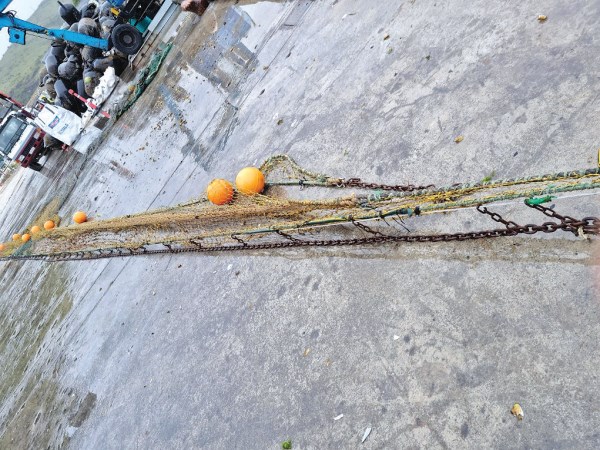
Trawl footprint
Just like land-based food production, bottom trawling fishing has its effects. It is undisputed that it touches and disturbs the seabed in the fishing ground, the same limited spots typically returned to annually or seasonally. This is called the trawl footprint.
Fishers aim for the lightest footprint possible. They do not want to fish in areas with a rough, hard seafloor (eg where there are lots of rocks or coral) as this can cause extensive and very expensive damage to gear, as well as increase fuel usage through increased drag on the gear. Trawling on rough ground can also affect the habitats that support the life-cycle of the species in the fishery— something that fishers are just as aware of as they are the state of their capital investments.
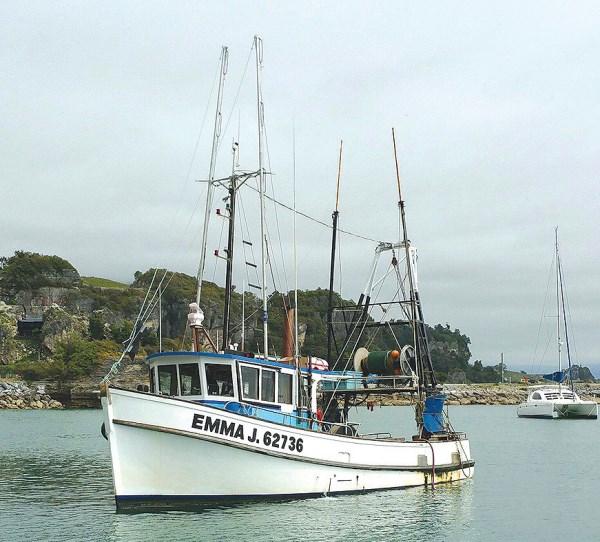
A deep dive into gear
Unlike land-based food production where huge tractors, trailers, cultivators and harvesters are a regular sight in paddocks and on roads, fishing is more of a mystery. You can only see what bottom trawling looks like, to any degree of accuracy, while it’s happening underwater. This ‘gap’ has been exploited by anti-fishing campaigners who fill the gap with often-misleading drawings or animations portraying bottom trawling.
So let’s look at the gear inshore fishers use in the Top of the South to maintain a light touch on that softer seabed I’ve mentioned.
Most gear used by coastal fishers is small, linked chain on extensions attached to the footrope, as shown in the photo below or simply a wire wrapped with rope for soft bottom. The extension provides a gap to exclude small rocks and other debris from being caught where it can damage fish gathering in the cod-end (a mesh bag at the end of the trawl net).
Image 1 shows the chain ground gear attached to a footrope.
Image 2 is of a fullyextended net, showing the small distance between the wing-ends and the floats attached to the headline (top of the net). The floats provide the buoyancy to open the top section of the net that is essentially a cone shape, with larger mesh at the front end and the mesh size getting smaller towards the cod-end.
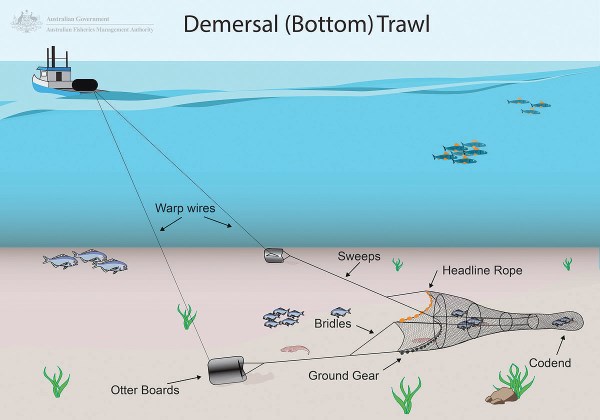
The graduated mesh size allows smaller fish to escape at the front end of the net while the large fish swim towards the cod-end. While the minimum mesh size is regulated, many fishers choose to use a larger mesh size or configuration to allow juvenile fish to escape and to achieve a more precise and sustainable catch.
Sometimes ‘escape panels’ are built into the nets to allow larger sized fish, that the fisher does not want to catch, out of the net. The design and placement of these panels is determined by the studied behaviours of particular fish species; a fascinating aspect of ‘net tech’.
A more precise catch, with less sorting on deck needed, means shorter trips and less fuel. This is something I’m sure most readers can appreciate, with the price of fuel right now, but it’s also another way fishers can lighten their footprint.
The other components of a bottom trawl net are wires or ropes (called bridles and sweeps) attached to the wing-ends that lead up to the trawl doors (also called otter boards). The doors act as a spreading device to open the trawl out, with the headline floats assisting as well. More ropes (trawl warps) connect the doors to the vessel and their length is determined by the water depth.
Bottom trawling is very limited and highly regulated
Inshore (coastal) bottom trawling is one of the most widely-used fishing methods to catch the types of species of fish that are found in abundance on or near the seabed (the demersal zone). They include family-meal favourites such as tarakihi, gurnard, snapper and flounder.
Whilst some of these species may be attracted to a baited hook they are not generally caught in volumes that provide for economic viability. Some other species are simply just not attracted and show no behavioural traits to go to a baited hook, pot, trap or set net—instead, they need to be herded, like sheep!
As mentioned, bottom trawling has an impact, like any type of food production.
But unlike other food production, the area trawled is very limited.
New Zealand has one of the largest ocean territories in the world, but less than five percent of the seabed in our territory is trawled each year. Fishers return to the same grounds each year and, thanks to net tech, other sustainable fishing methods and abundant grounds, are using fewer trawls to catch the same amount each year.
Only 10 percent of our ocean territory, or exclusive economic zone (EEZ), has seen bottom trawling. Within the EEZ a third of the waters have been closed either through regulatory measures or voluntary initiatives led by fishers, to maintain species or seabed habitat integrity.
The management of species in our waters are closely monitored and managed. How this is done is a topic for another time; for now I’d like to finish this article with a mention of the FV Emma J.
Introducing the FV Emma J
I chose this photo of the FV Emma J because she is a typically-sized coastal trawler that you’ll see coming into coastal ports— hardly the colossus portrayed by fishing opponents.
Vessels sizes differ depending on the depth and type of fishing ground, and there are restrictions on larger vessels operating in many inshore areas. But the Emma J owned by Herb McBride is a good example of its type. I encourage you to take a look at the fishing vessels in your closest port and if you get the chance, have a chat to a fisher about how they catch their quota. I do that as often as I can and always walk away with new and trustworthy information.
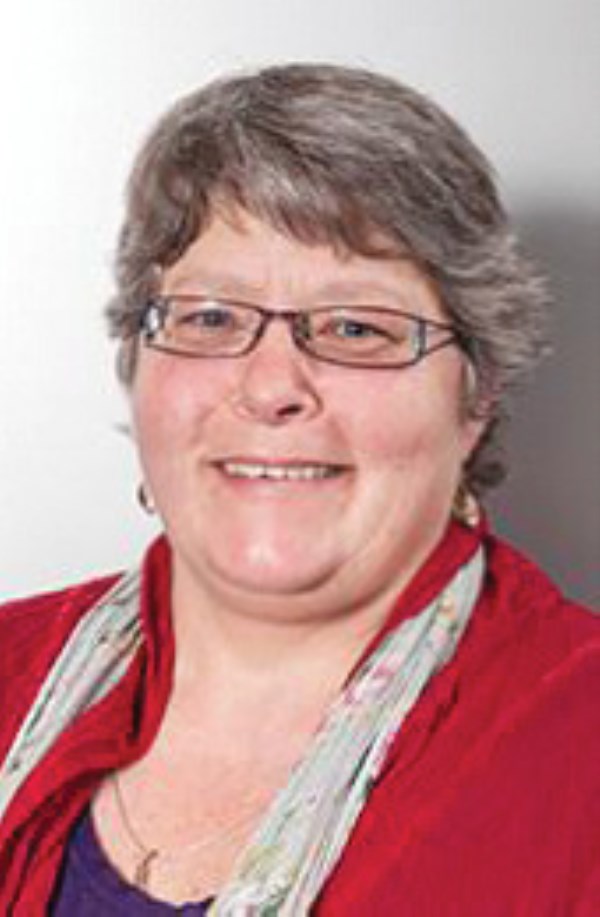
About the Southern Inshore Fisheries Management Company Ltd
Southern Inshore Fisheries Management Company Ltd (Southern Inshore) is a commercial stakeholder organisation representing a range of stocks, primarily in the South Island.
Their main mandate relates to subjects such as setting Total Allowable Commercial Catches (TACCs) and deemed values. Southern Inshore also takes responsibility for operational matters like establishing seabird risk mitigation practices on vessels and representing quota owners and fishers in processes such as discussions regarding marine protected areas or marine farming consents to mention a few.
Southern Inshore works closely with Fisheries Inshore New Zealand for effective approaches to national and regional issues as well as liaising with regional government agencies such as Fisheries New Zealand and Department of Conservation for fisheries management and conservation matters respectively.
